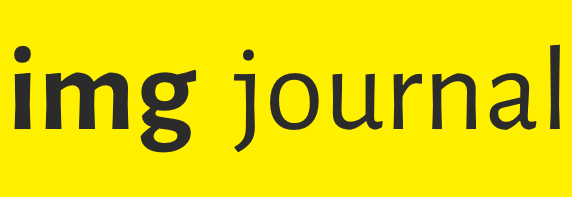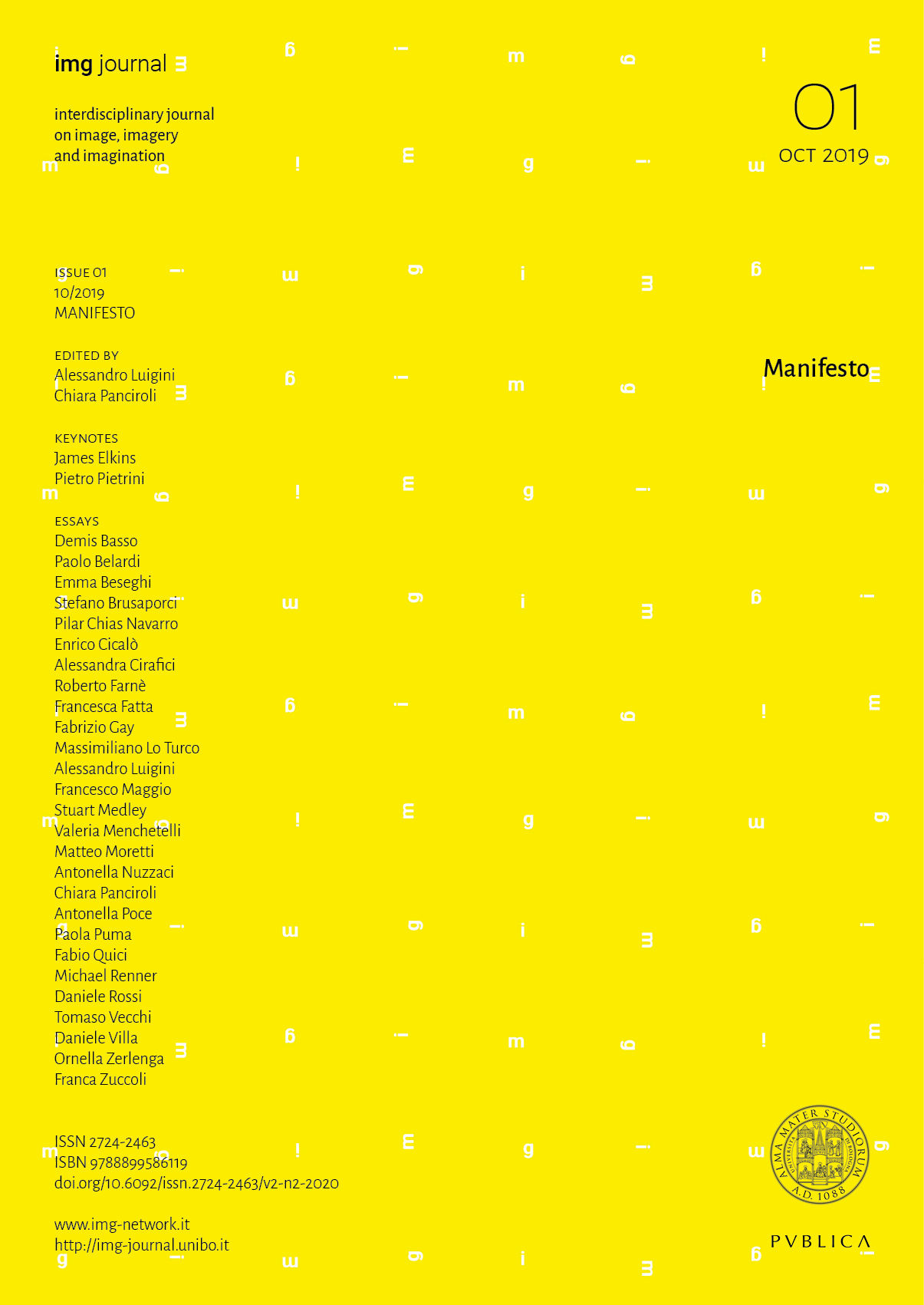“Ante litteram” hyper-drawings. Marginal notes on the application of proleptic abstraction in the history of art and architecture
DOI:
https://doi.org/10.6092/issn.2724-2463/11056Keywords:
prolepsis, representation, communication, hyper-drawingsAbstract
Although proleptic abstraction is a distinctive characteristic of literary art (and of rhetorical art in particular), it also had profound effects on the history of the figurative arts. This is especially relevant with regard to the classical and medieval ages when it rises to the rank of a consolidated representative technique. The term prolepsis (from the Greek prólepsis, derived from prolambánõ: “I take first”), signifies a specific instrument of descriptive manipulation which, by subverting the actual space-time distances, permits the anticipation of what in reality, according to an orthodox logical/syntactical scheme, should follow or which, in any case, could not be reasonably perceived because it is otherwise located. It is no coincidence that the artists of the past seem to have employed prolepsis on the occasions when they intended to subordinate the naturalistic exigencies to the content and/or didactic objectives. That is, whenever they sought a more dynamic and open expressive means, having perceived the limits that are implicit in a two-dimensional representation. Proleptic representations summarise both qualities, because they are in fact true and proper “ante litteram” hyper-drawings which, not by chance, have been recovered and reinvented by contemporary architects most suited to communicative experimentation.Downloads
Published
2019-10-31
How to Cite
Belardi, P. (2019). “Ante litteram” hyper-drawings. Marginal notes on the application of proleptic abstraction in the history of art and architecture. Img Journal, 1(1), 58–67. https://doi.org/10.6092/issn.2724-2463/11056
Issue
Section
Contributions
License
Copyright (c) 2019 Paolo Belardi
Unless otherwise stated, the copyrights of all the texts on this journal belong to the respective authors without restrictions.
This journal is licensed under a Creative Commons Attribution 4.0 International License (full legal code).
See also our Open Access Policy.






